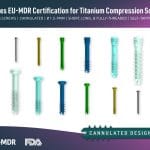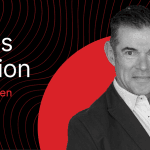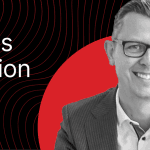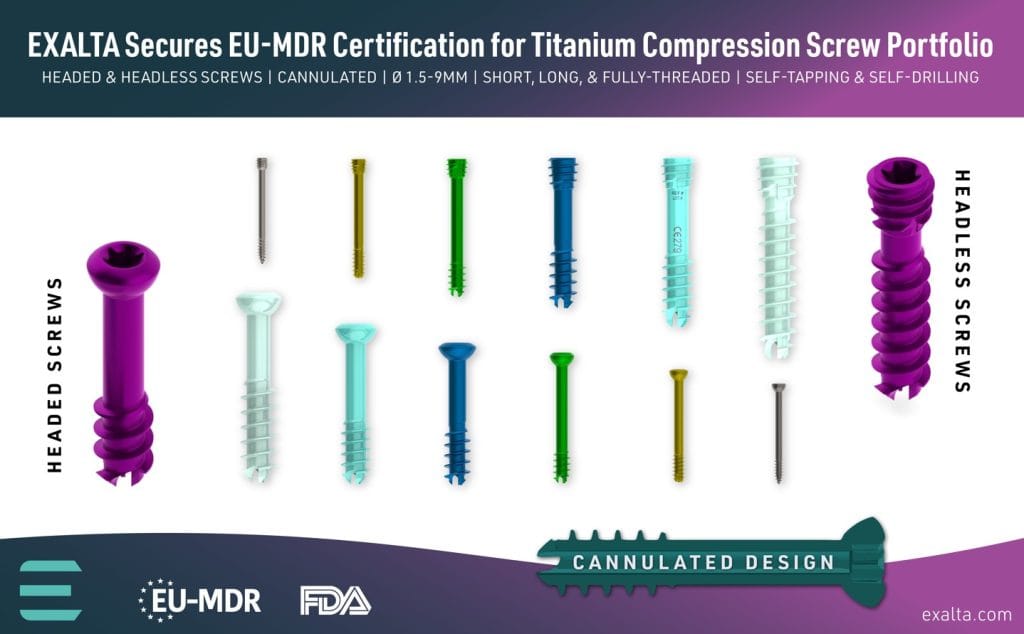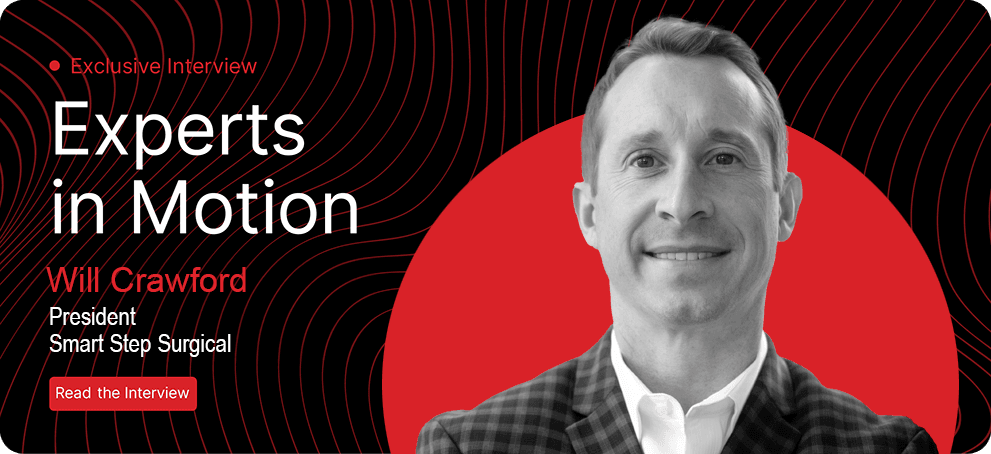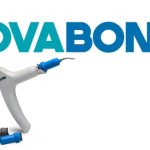Neo Medical’s CEO on Revolutionizing Spine Surgery: Efficiency, Sustainability, and Innovation
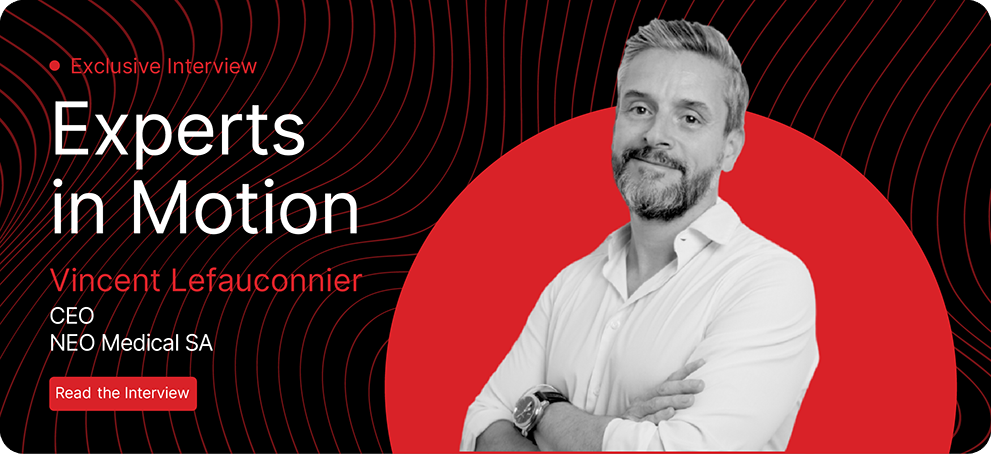
At The MedTech Digest, we’re always on the lookout for groundbreaking stories that inspire change and offer actionable insights for MedTech professionals. Today, we bring you an exclusive conversation with Vincent Lefauconnier, co-founder and CEO of Neo Medical.
The company is at the forefront of transforming spine surgery by tackling some of the biggest challenges in healthcare, improving patient outcomes, streamlining surgical workflows, and reducing environmental impact. In this interview, Vincent shares how his team is achieving significant reductions in surgery times, lowering infection and implant failure rates, and building a sustainable future for surgical care.
If you’re a MedTech stakeholder looking to understand how innovation can drive value in healthcare, mixed in with some insights into the ever-challenging funding environment, this conversation is a must-read. From leveraging AI and AR technologies to scaling globally, Neo Medical’s journey offers valuable lessons for innovators, investors, and healthcare providers alike.
MD: Thank you for joining us. Let’s start with your background. What brought you to this point?
VL: Thanks for having me. I grew up in France and have been living in Switzerland for the past 20 years. My background is in biology, where I focused on robotics and navigation in neurosurgery while researching at a hospital in Grenoble. That work eventually led me to Medtronic, where I worked initially in surgical navigation before transitioning quickly to spine surgery.
Over the years, I had the privilege of working with incredible teams at Medtronic, Stryker, and Vexim, learning everything from cutting-edge technologies to M&A strategies. But after 20 years in the spine world, I felt frustrated. Spine surgery hadn’t evolved much despite its critical importance. There were clear gaps, inefficiencies, outcomes that could be improved, and a lack of sustainability. I wanted to tackle those issues head-on and, in 2013, working alongside my business partner, Jonas Larsson, Neo Medical was born.
MD: What was the original vision for Neo Medical, and how has it evolved?
VL: From the beginning, our goal was to create a platform that makes a real difference, not just for patients and surgeons but for the industry and the planet, too. Spine surgery has traditionally faced many challenges: inefficiencies, long procedures, high costs and significant waste. We knew we could do better.
So, we focused on three key areas: First, improving patient outcomes. We wanted better tools and processes to reduce complications and lower incidents of infection, all while increasing success rates. Second, making surgeries more efficient. By breaking free from legacy systems and legacy instrumentation – introducing radical innovation and smarter technologies – we’ve managed to cut surgery times by up to 29%. That’s a huge win for everyone in the OR. Third, tackling sustainability. This isn’t just about saving money; it’s about reducing the environmental impact. I’m proud to say our system’s footprint is 75% smaller than traditional setups.
Over time, this vision has grown. Today, we’re integrating advanced technologies like AI and AR into our platform and expanding into new markets to reach more patients and surgeons worldwide.
MD: Can you tell us about your platform and its standout features?
VL: Our platform is designed to work seamlessly, combining aerospace-grade materials, force-control technologies, and AI-driven augmented reality (AR). Everything is built to simplify workflows both inside and outside the OR, empowering surgeons with more precision and treatment options in surgery.
For example, our system reduces infection rates by as much as 5 times compared to standard approaches. On the implant side, we’ve achieved a threefold reduction in implant failure, supporting a 50% reduction in revision surgeries. And as I mentioned earlier, we’ve cut time spent in surgery by up to 29%, which frees up valuable OR resources and reduces stress on the surgical team.
At the end of the day, our focus is on making life easier for surgeons and their teams; ultimately improving treatment outcomes for their patients.
MD: Value-based care is a hot topic in MedTech. How does Neo Medical fit into that landscape?
VL: Value-based care is a game-changer, and we’re fully aligned with it. Spine surgery is a high-stakes field—patients, providers, and payers are all looking for better outcomes and greater efficiency. Our platform delivers on that promise by improving outcomes, reducing complications, and cutting costs. These aren’t just abstract numbers; they represent real value that’s felt across the entire healthcare ecosystem.
MD: Congratulations on your recent $68 million equity raise! What do you think drove investor confidence? Any insights you can share with other MedTech innovators looking to raise capital?
VL: Thank you! It wasn’t an easy process, especially in today’s tough funding environment. But I think a few things stood out. First, investors saw the potential of our platform to truly transform spine surgery. We’ve been on the market for eight years and have shown consistent growth and strong clinical outcomes.
Second, we’ve taken a focused approach to market entry. Instead of trying to be everywhere at once, we’ve concentrated on key geographies like DACH and Spain, where we’ve achieved deep penetration. Our lead investor, Gyrus Capital, specializes in identifying companies that disrupt traditional markets with innovative technologies. They saw that potential in us, and their support is a testament to the strength of our vision and results.
Lastly, for us the proof is in the pudding. We’ve collected data from early on and it gave us the proof we needed scientifically, clinically, but also commercially to show the value and benefits of our technology.
For other MedTech innovators, my advice is this: focus on finding investors who share your vision and values. Alignment is everything. The environment is tough, but the money is there for disruptive technologies.
MD: Now that you’ve secured funding, what’s next for Neo Medical?
VL: Growth and innovation are our top priorities. We’re doubling down on our European markets while accelerating our U.S. expansion. The U.S. is critical for us, and we have started with a focused rollout in Southern California. We’re also investing heavily in AR and AI. We believe it will complement robotics as the go-to enabling technology in spine surgery. AR delivers real-time, actionable insights without the bulk or complexity of traditional systems. We’re also working on new instrumentation and implants to enhance efficiency and sustainability further.
MD: What trends do you see shaping the future of spine surgery?
VL: Two big ones come to mind. As you know, Javier, there is a shift toward outpatient procedures. Ambulatory surgery centers (ASCs) are becoming the norm almost everywhere, and they demand solutions that are efficient, portable, and cost-effective, exactly what our platform delivers. Also, there is the rise of enabling technologies. While robotics have gained a lot of attention, we see AR and AI as the future. These tools give surgeons the data they need to make precise, informed decisions in real time, without adding unnecessary complexity. AR will become the interface of choice for surgeons working with future robotic technologies.
MD: What’s been the most rewarding part of your journey, and what advice would you share with other MedTech leaders?
VL: The most rewarding part is seeing the tangible impact of our work. Whether it’s a surgeon saving time in the operating room or a patient recovering faster with fewer complications, those moments remind us why we started this journey.
As for advice? Stay focused on data and outcomes. This industry is complex, but if you can prove value clinically and commercially, you’ll succeed. And don’t be afraid to challenge the status quo. The MedTech world needs bold thinking now more than ever. Neo Medical’s story is one of purpose-driven innovation. By breaking free from legacy and combining cutting-edge technology with a commitment to sustainability and patient care, we’re not just improving spine surgery, we are redefining it.
To learn more about Neo Medical’s journey and solutions, visit Neo Medical’s website or connect with the company on LinkedIn.


